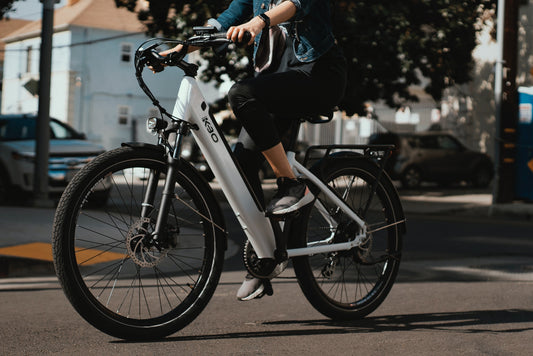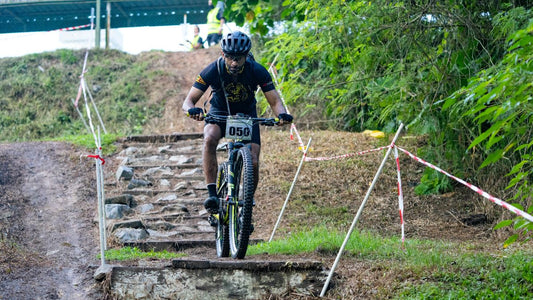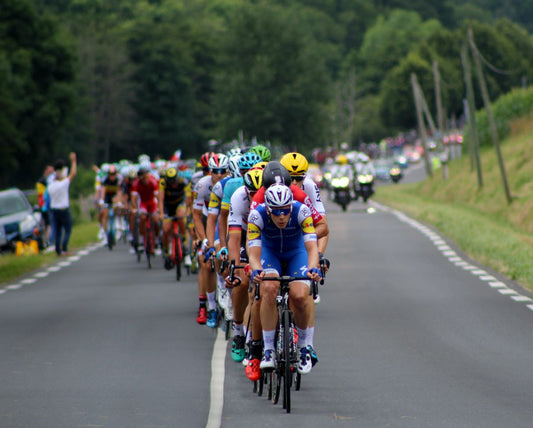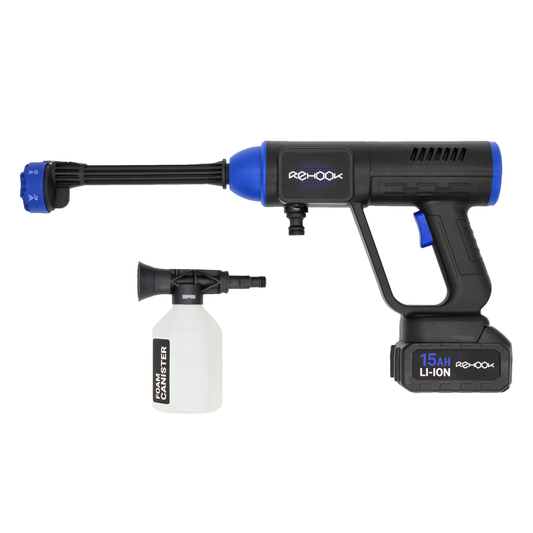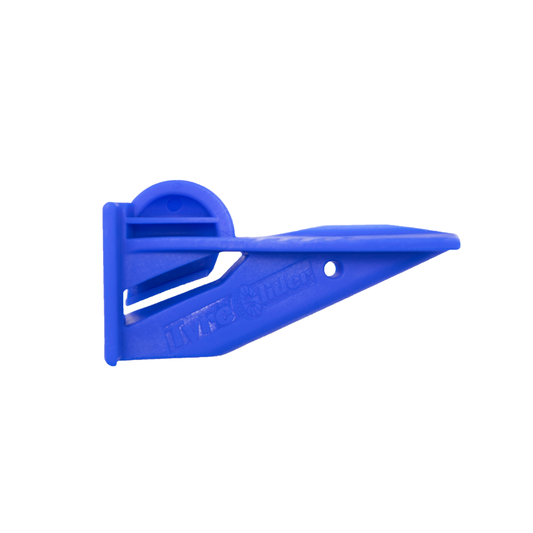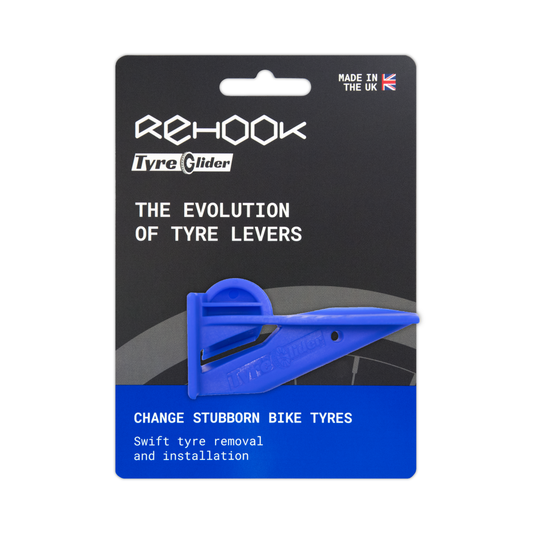wɪnd tʃiːt
verb, noun
Riding with the wind in your back for an easier ride
Example usage: I was able to wind cheat for most of the race.
Most used in: Windy areas such as coasts and flatlands.
Most used by: Cyclists who regularly ride in windy areas.
Popularity: 8/10
Comedy Value: 5/10
Also see: Drafting, Slipstreaming, Wheel Sucking, Echeloning,
What is a 'Wind Cheat' in Cycling?
Wind cheating (or drafting) is a cycling term used to describe a technique in which one cyclist reduces their own air resistance by riding closely behind another cyclist. This is done by taking advantage of the slipstream created by the leading cyclist, allowing the cyclist behind to ride more efficiently and save energy.
Wind cheating is an effective technique used by professional cyclists in races and can be the difference between winning and losing. In fact, in a race, up to 40% of a cyclist's energy can be saved by wind cheating. This technique is considered to be a legal form of racing, as long as the cyclists do not interfere with each other.
Wind cheating can also be a beneficial technique for recreational cyclists. It is important to remember, however, that wind cheating can be dangerous if done incorrectly, as the cyclist behind has limited visibility of the road. Therefore, it is important to practice caution when wind cheating, and ensure that the cyclists are aware of their surroundings.
.The Origin of the Term 'Wind Cheat' in Cycling
The term 'wind cheat' in the context of cycling has been around since at least the late 19th century, when it was first used in Britain. The earliest known record of the term being used was in the July 1891 edition of the British cycling magazine The Wheel World, which used the term to refer to cyclists who used the wind to their advantage.
The term was used to describe cyclists who took advantage of the wind to gain an advantage over their opponents, either by drafting behind them or by riding in the slipstream of their opponents. This technique was known as 'wind cheating' as it was considered an unfair advantage.
The term is still used today in the context of cycling, although its meaning has evolved to refer to cyclists who use aerodynamic equipment such as aerobars or disc wheels to reduce drag and gain an advantage over their opponents.


